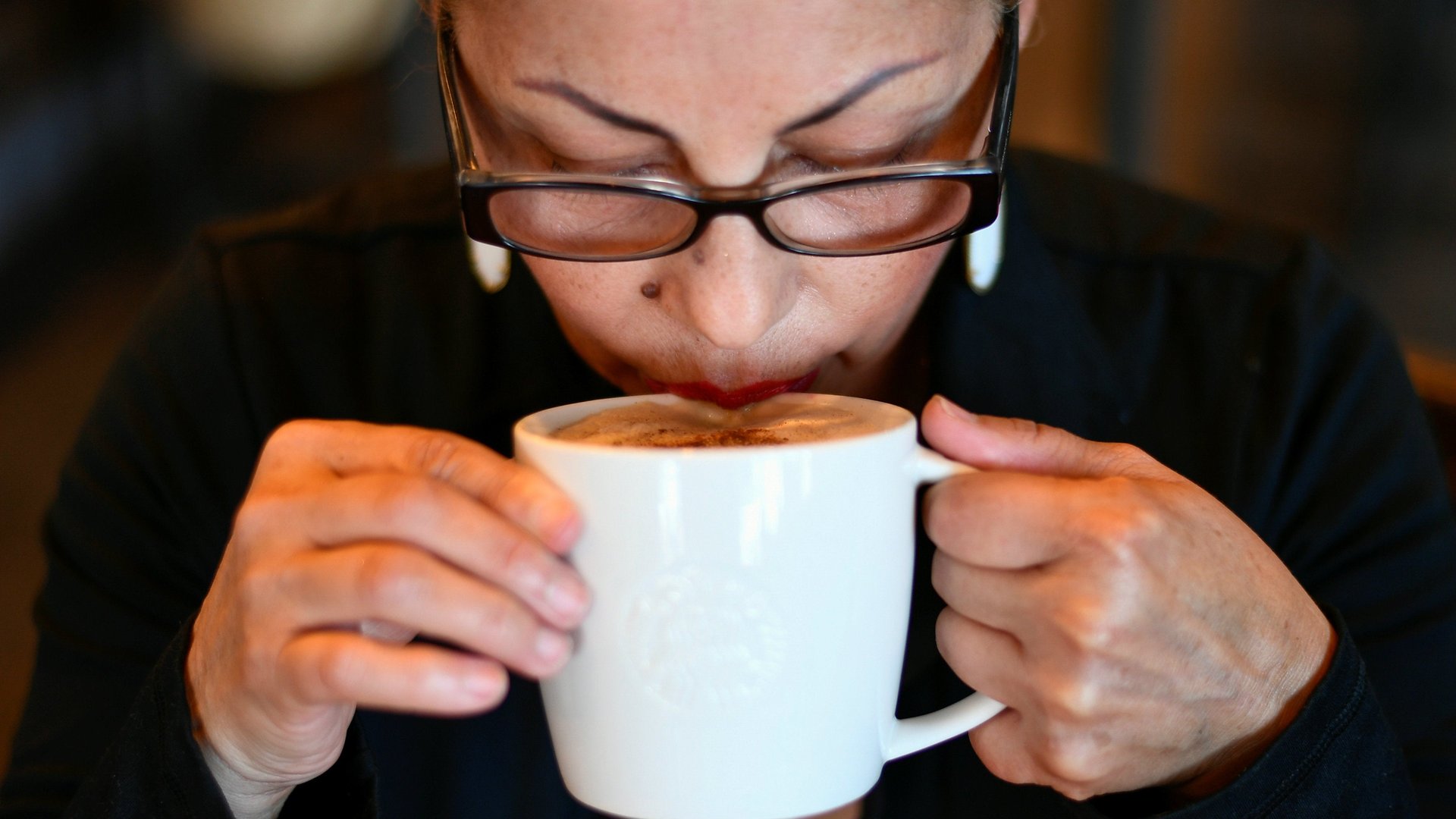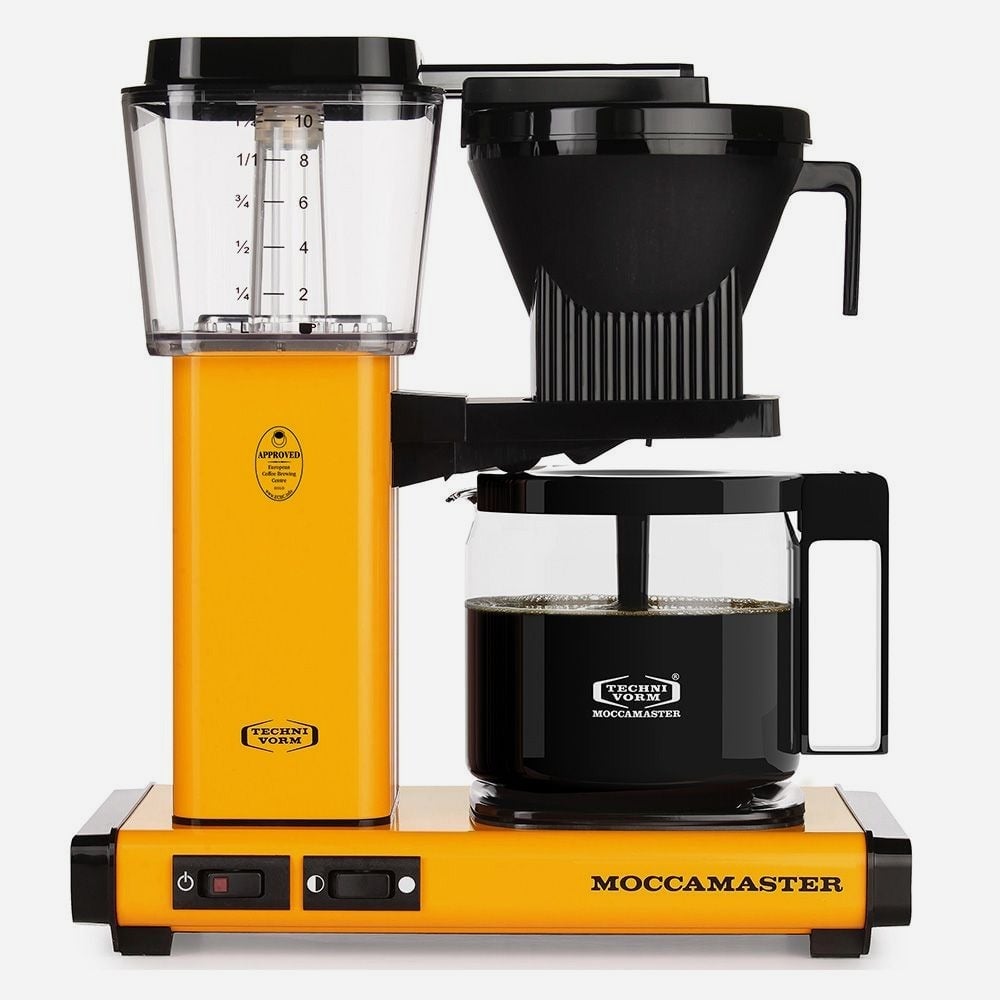The equipment to make a perfect cup of coffee for every type of coffee-drinker
The first sips from my morning cup of coffee are like adding an Instagram filter to an under-lit photo—suddenly everything is a little warmer and brighter. It’s not just the mood-enhancing benefits of a caffeine jolt. Even if coffee is an everyday necessity, a warm, aromatic cup made just how you like it still feels like a small, indulgent luxury.


The first sips from my morning cup of coffee are like adding an Instagram filter to an under-lit photo—suddenly everything is a little warmer and brighter. It’s not just the mood-enhancing benefits of a caffeine jolt. Even if coffee is an everyday necessity, a warm, aromatic cup made just how you like it still feels like a small, indulgent luxury.
With high-end, independent coffee roasters and cafés on the rise all over the world, really delicious coffee beans are more widely available than ever before. The way we brew coffee makes a huge different to how each cup tastes, so even if we shell out for well-sourced, skillfully roasted coffee, the promise of exceptional flavor can easily be lost if the grinding and brewing equipment isn’t up to the job.
But there’s no one perfect cup of coffee. And setting out to upgrade your coffee-making setup can lead you into a deep, deep rabbit hole. There are dozens of ways to brew a good cup of coffee, and enthusiasts ready to tell you why their method is the best at every turn, and denigrate the systems others prefer.
So here are a few ways to make your morning cup even better, depending on what kind of coffee-drinker you are, and based on the recommendations of coffee professionals. This is not about espresso, which is exceptionally difficult, and expensive, to do well at home, it’s about making an excellent cup of drip coffee, which all of these set-ups will produce.
I want a cheap, counter-friendly setup for delicious coffee
The brew: The simplest and most elegant way to upgrade your morning cup of coffee is to buy a Chemex. Invented in 1941 by an eccentric chemist, according to the company, the hourglass-shaped pour-over vessel is a classic of household design, inspired by the Bauhaus movement. Beautiful and easy to use, it makes an incredibly good cup of coffee and won’t hog your counter space, all for about $40.
Lincoln Fowler, co-founder of Colectivo Coffee in Milwaukee, swears by his Chemex for home-brewing: “It’s probably less expensive than almost any automatic coffee brewer, and not only is it an inexpensive item, it’s also an excellent brewing device.”
An even cheaper option is any basic single-cup pour over system. It may lack a little bit of the design glamor, but it also makes an excellent cup.
Either way, buy a gooseneck kettle with a built-in thermometer. The long gooseneck spout makes it easier to evenly saturate your grounds and let the coffee “bloom,” as they say in the business, and the thermometer will help you hold the temperature between 195°F (90°C) and 205°F (96°C)—the ideal for maximum flavor extraction and mellowness.
The grind: A $30 hand burr grinder is suitable high quality, low-tech accessory for a Chemex. Though Fowler says that one other perk of this brewing method is that it’s more forgiving of a wider variety of grinds than other coffeemakers. “Even with the blade grinder, you can get a pretty decent results through the Chemex,” he says.
Mornings are busy. I need a good cup of coffee and I need it now
The brew: I have a 1-year-old, an almost-4-year-old, and full-time job. I love the idea of a Chemex or a single-cup pour-over situation, but I just can’t handle the hassle right now—not to mention holding a squirmy baby in one arm and a kettle of boiling water in the other.
The coffeemaker in my house has to wake up before I do for the morning to run smoothly. A timer that can be readied before bed is a must.
Wirecutter’s top pick for coffeemakers is a $200 model, the On from OXO. “Over the years, we’ve tested nearly every method of coffee-making possible, from Chemex to cold brew, and we think the OXO On offers the best ratio of flavor to effort,” the product testers at the New York Times-owned reviewing site write. This metric, flavor-to-effort ratio, is actually a very useful way to think about your coffee set-up, and while $200 is a significant investment, the cost-per-use goes way down if you’re brewing coffee every day. Another nice feature here is that it has a thermal carafe that keeps the coffee warm, instead of relying on a heating element under the coffee pot, which can overheat and scorch your coffee.
For a cheaper model, Wirecutter also gave high marks to this Hamilton Beach machine, which costs less than $40. The water reservoir slides out for easy cleaning and filling, and there are several different brew settings including “bold,” “regular,” and one for smaller batches of coffee. It has an all-important timer setting and it makes a solid cup of coffee—which I know because there is one in my kitchen right now.
The grind: Just buy your coffee pre-ground in small batches. It saves time, and the large, professional grinders at your favorite café, or even the grocery store, are far superior to the cheap blade grinders that many people use at home. “If the choice is between, do I pre-grind the coffee and have pre-ground coffee from the café for a couple of days, or do I use this crappy grinder?” says Jordan Michelman, co-founder of the coffee-focused media company Sprudge. ”Pre-ground from the café, every time.”
Money is no object when it comes to the perfect brew
The brew: The Cadillac of coffee-makers is a Dutch beauty called Techni Vorm Moccamaster. It does everything a standard coffeemaker does—delivers a pot of coffee in four to six minutes, at the press of a button—but better. The big difference with higher end drip coffeemakers is temperature stability. The Moccamaster has a copper heating element that holds water between 196°F (91°C) and 201°F (94°C), the optimal window for brewing. The water dispersal over the coffee is also more uniform, and the heating element under the carafe has been designed to evenly hold heat, instead of scorching the bottom of the pot.

Jordan Michelman and Zachary Carlsen, founders of Sprudge, are obsessed with the Moccamaster. “Those are the machines we have in our homes. We also have one in our office,” Michelman told Quartzy about the Moccamaster. “We’ve just sort of had this unrequited crush on them for years. We’ve never even been able to tour their factory. They don’t care. But they make really these really great mid-century products and they look cool and work well.”
Moccamasters come in a wide range of kicky colors and metallic finishes, and they have a much cooler design than your average Mr. Coffee. They run around $300, depending on size and color, but refurbished models go for $200. Consider me obsessed now, too.
The grind: “Buy a grinder that uses burrs—two small pieces of abrasive metal, set an an adjustable distance that crush the coffee beans as they pass between them—rather than one with blades that cut up the beans,” Michelman and Carlsen write in their book, The New Rules of Coffee. They suggest the $100 Baratza Encore, and Fowler favors the $230 Virtuoso model for his home brew.